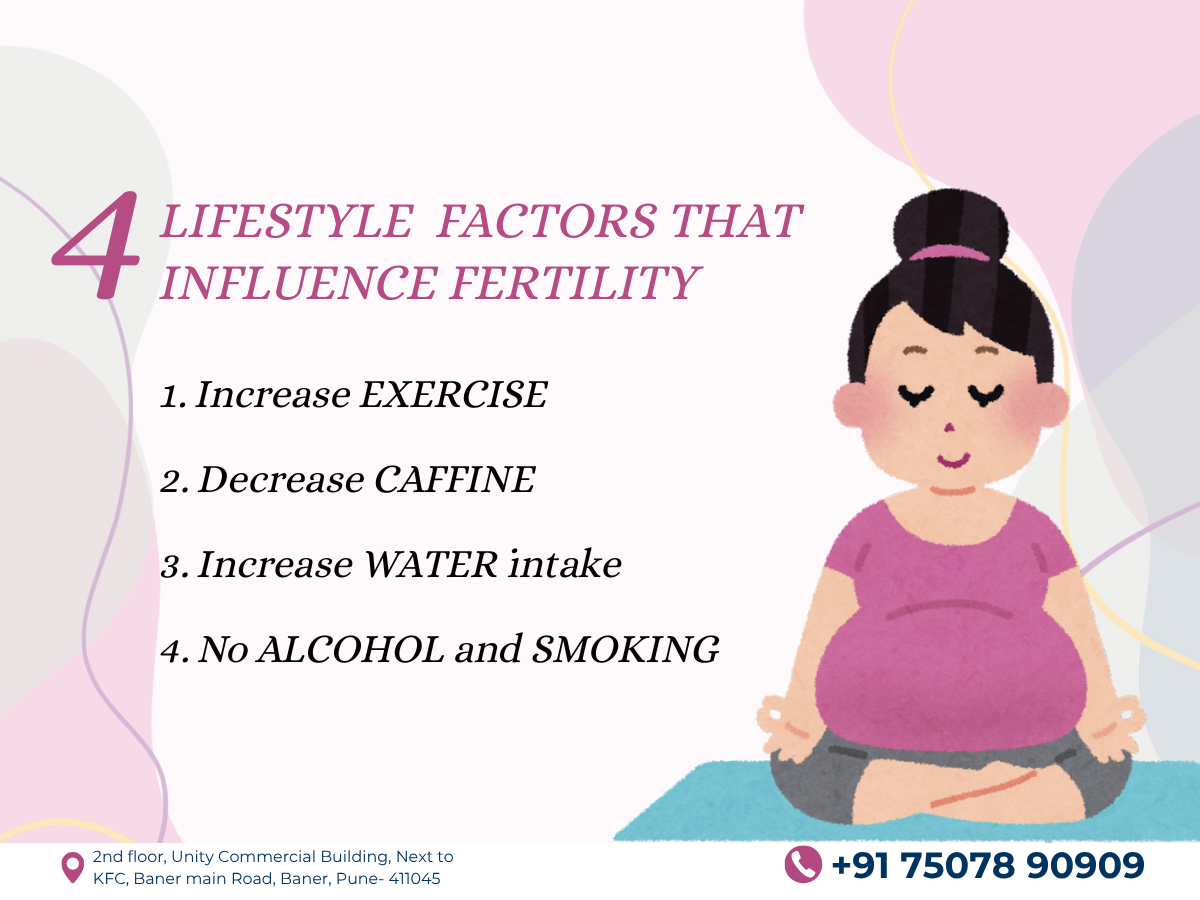Welcome to 0 to 9 Women’s Care & Fertility Center...
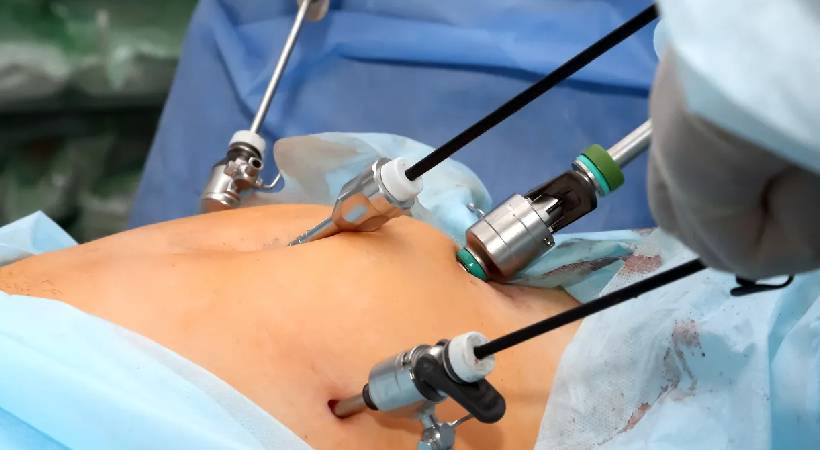
Introduction:
Laparoscopic surgery is a highly effective treatment for endometriosis and adhesions. Endometriosis occurs when tissue similar to the lining of the uterus grows outside of it, often on the ovaries, fallopian tubes, or the pelvic lining. Adhesions are bands of scar tissue that form between organs, often as a result of previous surgeries, infections, or inflammation. Laparoscopic endometriosis surgery and laparoscopic adhesiolysis are minimally invasive procedures that aim to remove endometrial tissue and adhesions, alleviate symptoms, and improve fertility in patients.
Causes:
Endometriosis: The exact cause of endometriosis is unknown, but several factors may contribute:
- Retrograde menstruation: Menstrual blood flows backward through the fallopian tubes into the pelvic cavity, carrying endometrial cells that implant and grow outside the uterus.
- Embryonic cell transformation: Embryonic cells may develop into endometrial-like tissue in other parts of the body.
- Genetic predisposition: Women with a family history of endometriosis are more likely to develop the condition.
- Immune system disorders: A weakened immune system may fail to recognize and destroy endometrial-like tissue growing outside the uterus.
Adhesions: Adhesions are typically caused by:
- Previous surgeries: Such as pelvic or abdominal surgeries (e.g., cesarean section, appendectomy).
- Pelvic infections: Infections like pelvic inflammatory disease (PID) can lead to scarring in the pelvic cavity.
- Endometriosis: Endometriosis itself can cause adhesions due to the inflammatory response it triggers.
Symptoms:
Endometriosis:
- Chronic pelvic pain: Often worsens during menstruation or intercourse.
- Heavy menstrual bleeding or spotting between periods.
- Painful bowel movements or urination, particularly during menstruation.
- Infertility: Endometriosis can affect a woman’s ability to conceive.
- Fatigue and nausea.
Adhesions:
- Chronic abdominal or pelvic pain: Often worsens after surgery or inflammation.
- Bloating or a feeling of fullness in the abdomen.
- Pain during intercourse or bowel movements.
- Difficulty with fertility: Adhesions can cause the fallopian tubes to be blocked or distorted, affecting conception.
Diagnosis:
Endometriosis:
- Laparoscopy: The gold standard for diagnosing endometriosis, allowing the surgeon to directly visualize the pelvic organs and identify endometrial implants.
- Ultrasound: Can detect endometriomas (ovarian cysts associated with endometriosis).
- MRI: Used in some cases to assess the depth and spread of deep endometriosis.
Adhesions:
- Laparoscopy: The definitive diagnostic tool for detecting and treating adhesions.
- Hysterosalpingography (HSG): Used to assess tubal patency, although it may not detect adhesions directly.
- Pelvic ultrasound: Can sometimes indicate the presence of adhesions by showing blocked fallopian tubes or other changes in the pelvic organs.
Treatment:
Laparoscopic Endometriosis Surgery: The main goal of laparoscopic surgery for endometriosis is to remove or destroy endometrial implants to relieve symptoms and improve fertility. The types of procedures may include:
- Excision of Endometriosis: The surgeon removes the endometrial tissue from the ovaries, fallopian tubes, or pelvic lining. This method is considered the most effective at relieving pain and improving fertility.
- Ablation: The endometrial tissue is burned or vaporized using laser or electric currents. While this may help with symptoms, excision is generally more effective, especially for severe cases.
- Ovarian Cystectomy: If endometriosis leads to the formation of cysts on the ovaries (endometriomas), the cysts may be removed to preserve ovarian function.
Laparoscopic Adhesiolysis: Laparoscopic adhesiolysis involves cutting or removing adhesions that are causing pain or interfering with fertility. The surgeon uses small incisions and a camera to guide the procedure. There are two main methods:
- Mechanical adhesiolysis: The adhesions are separated or removed using surgical instruments such as scissors or lasers.
- Electrocoagulation: A laser or electric current is used to dissolve the adhesions.
The goal of both procedures is to restore normal organ function, relieve symptoms, and, in the case of infertility, improve the chances of conception.
Recovery:
Laparoscopic Endometriosis Surgery:
- Hospital stay: Most women go home on the same day or after 1-2 days.
- Pain management: Over-the-counter pain relievers are usually sufficient for postoperative pain.
- Postoperative care: Women are advised to avoid strenuous activities for a few weeks to allow healing. It’s also important to follow up with the doctor to monitor progress.
- Fertility considerations: Many women who undergo laparoscopic surgery for endometriosis report improved fertility, although some may need additional fertility treatments, depending on the severity of the disease.
Laparoscopic Adhesiolysis:
- Hospital stay: Most patients are discharged the same day or within a day or two.
- Pain management: Similar to endometriosis surgery, mild to moderate pain can be controlled with pain relievers.
- Follow-up: Postoperative care includes follow-up visits to ensure the adhesions do not re-form and that the pelvic organs are functioning correctly.
- Fertility outcomes: If adhesions are interfering with the fallopian tubes or ovaries, the procedure can improve fertility by restoring normal anatomy.
Risks and Complications:
As with any surgery, there are potential risks:
- Infection: At the incision sites or inside the pelvic cavity.
- Bleeding: Although rare, bleeding can occur during the procedure.
- Injury to organs: Nearby organs like the bladder, bowel, or blood vessels can be accidentally injured during surgery.
- Adhesion recurrence: While laparoscopic adhesiolysis can help relieve symptoms, adhesions may return over time.
- Infertility: In some cases, despite surgery, fertility may not improve if the damage to the reproductive organs is extensive.
Conclusion:
Laparoscopic endometriosis surgery and laparoscopic adhesiolysis are highly effective, minimally invasive treatments for managing endometriosis and pelvic adhesions. They offer significant benefits over traditional open surgery, including smaller incisions, less pain, quicker recovery, and improved fertility outcomes. For women with chronic pelvic pain or infertility due to these conditions, these procedures can be life-changing, offering both symptom relief and an improved chance of conception. With proper diagnosis, surgical treatment, and postoperative care, women can achieve better quality of life and enhanced reproductive health.
We’d love to hear from you !
Our Gallery
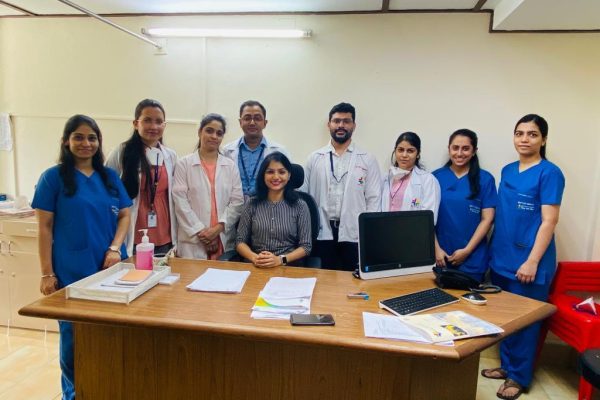

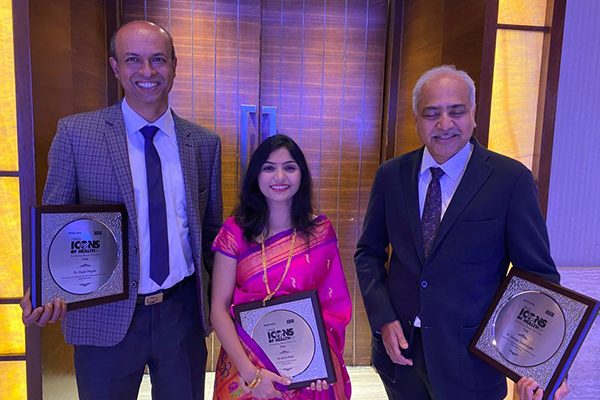
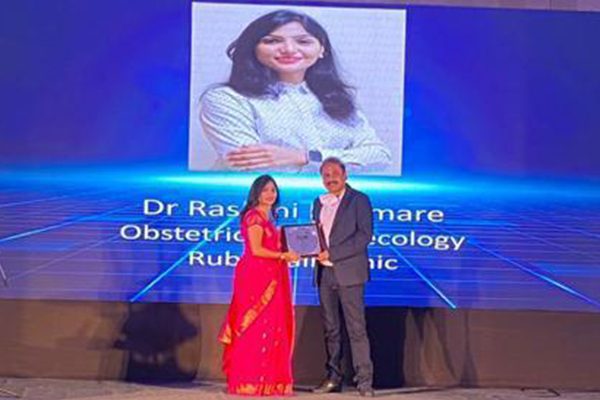
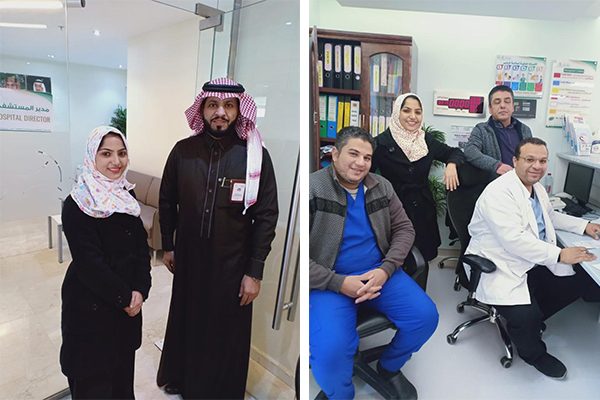



Unveiling New Horizons in Fertility, One Article at a Time
🌸 Tips for a Healthy Pregnancy –
Pregnancy is one of the most beautiful journeys in a...
When Your Clock is Off: Understanding and
A woman’s menstrual cycle is often described as a perfect...
4 Lifestyle Factors That Influence Fertility
When it comes to improving fertility and achieving a healthy...




